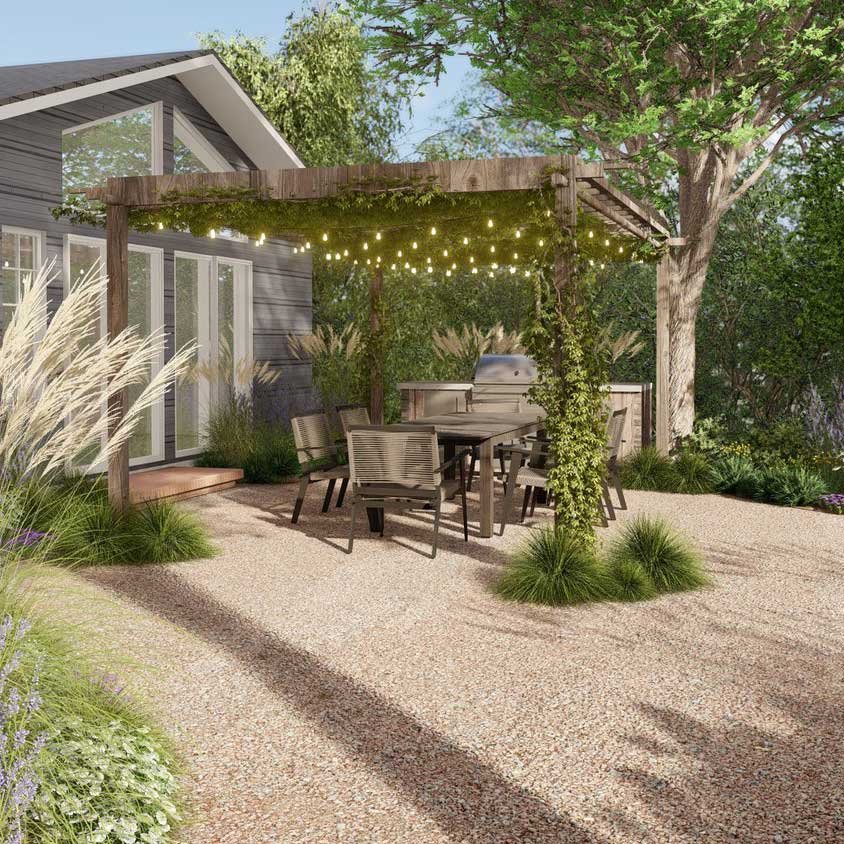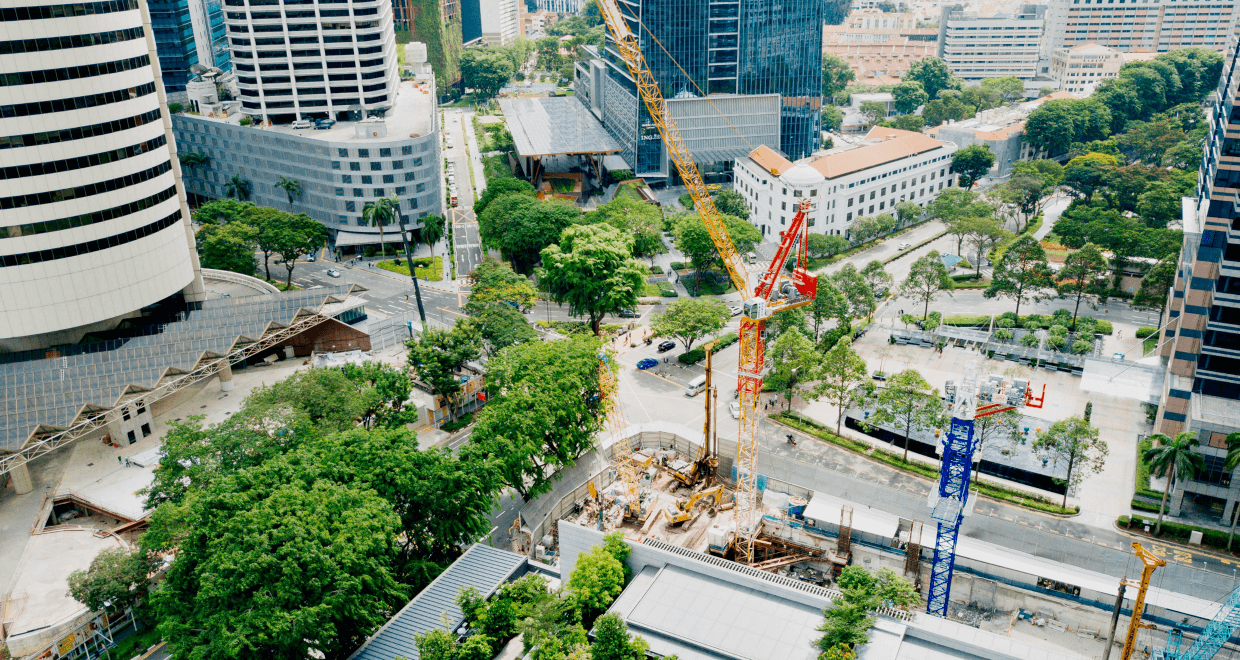The 20-Second Trick For Landscapers
The 20-Second Trick For Landscapers
Blog Article
Landscapers Fundamentals Explained
Table of ContentsLandscapers Things To Know Before You Get ThisGetting My Landscapers To WorkLandscapers Things To Know Before You Get ThisThe Definitive Guide for LandscapersGetting My Landscapers To Work
A piece of mapping paper taped over your base strategy can be made use of for sketching your concepts for the broad, general usage locations. The public location is typically the location in front of your house that is noticeable to the public. Your home is the central emphasis of this component of the landscape.A few bright flowers and specimen or uncommon plants may do this. Design the walk wide enough for 2 individuals to walk comfortably side by side.
The exclusive location must also offer as an area to captivate guests and an area for rest, leisure, and recreation. To meet these needs, you may include a patio area, terrace, swimming pool, yard, color trees, or a greenhouse.
Landscapers Fundamentals Explained

The service area is the place for the waste canisters, air conditioning condenser, an utility structure, firewood heap, compost container, or a vegetable yard. These general landscape locations ought to connect to each other in much the very same way that areas in the house are relevant.

The 6-Second Trick For Landscapers
An understanding of these concepts can keep you from creating a landscape beast rather than the beauty that you fantasize around. Unity, simpleness, range, balance, series, and range are terms commonly connected with art. These terms are made use of to lead a creative expression, and in landscape style, they are equally as essential as in other art forms.


Different components of the landscape ought to connect to each other. You should obtain a sense of aesthetic flow from one part of the landscape to the various other so that functions of one component remind you of one more. Some rep of a feature of the landscape is great, but it ought to not be reached the point of dullness.
As an example, a red color might be used as a theme, however you might make use of plants with red vegetation as well as other plants with likewise tinted blossoms or vegetation. The plants would be in different areas of the landscape, but the color style joins the total design. Other themes, such as sort of plants, contours or straight lines, and building materials, can be utilized to develop unity in the design.
A home bar made from wicker makes it even extra inviting. 15 BJORN WALLANDERLandscape developer Marcello Villano incorporated olive and cypress trees in this Hand Springs yard as a nod to the property owner's Italian heritage. Ad - Continue Reading Below16 Residence Beautiful Terremoto Landscape designer and founder David Godshall chose an imaginative hardscape instead of grass in this yard. When creating a domestic landscape, the most vital action is to put a strategy on paper. Establishing a plan of attack will certainly save you money and time and is more probable to cause a successful design. A plan of attack is established through the 'layout process': a detailed technique that considers the ecological conditions, your needs, and the aspects and concepts of style.
Our Landscapers PDFs
The 5 actions of the design process include: 1) performing a site inventory and analysis, 2) establishing more info here your requirements, 3) developing practical diagrams, 4) creating conceptual layout plans, and 5) attracting a last design strategy. The first three steps develop the visual, practical, and horticultural requirements for the layout. The last two steps after that use those demands to the production of the final landscape strategy.
This is an important step for both plant choice and positioning and locating household tasks and functions - Landscapers. It is necessary since the very same climate conditions that impact the plantstemperature, moisture, rain, wind, and sunlightalso influence you, the user. The next step is to make a list of your needs and desiresthis helps you identify how your yard and landscape will be used
The functional layout is after that made use of to situate the task areas on the website and from this layout a theoretical strategy is created. The last step is a final style that consists of all the hardscape and growing information that are needed for setup. Throughout the style process there are ten essential things to consider: for plant selection and task area by considering what you desire and need to help determine forms and arrange areas by assigning activity areas and relating to aspects for both the environment and the individual by making use of check that massing and layering methods such as change locations and centerpieces in the materials, the colors, and the surface textures for the growth and maintenance of plants by utilizing sustainable style methods An extensive supply and evaluation of the site is very important to determine the environmental conditions for plant growth and the best use the site.
It is constantly best to use plants that will certainly flourish in the existing dirt. Where plants expand well, note the dirt problems and make use of plants with similar expanding demands.
A Biased View of Landscapers
Topography and water drainage need to also be noted and all drainage issues remedied in the recommended layout. A good design will move water away read from the home and re-route it to various other areas of the lawn. Climate issues begin with temperature: plants should be able to make it through the typical high and, most significantly, the typical reduced temperatures for the region.
Report this page